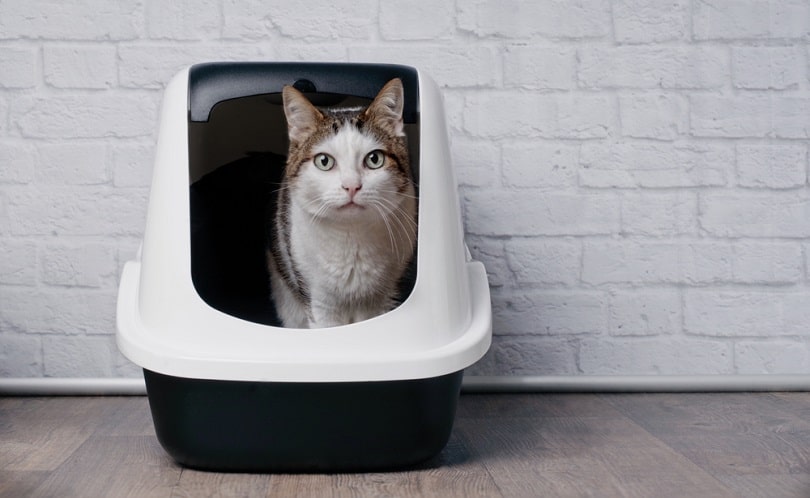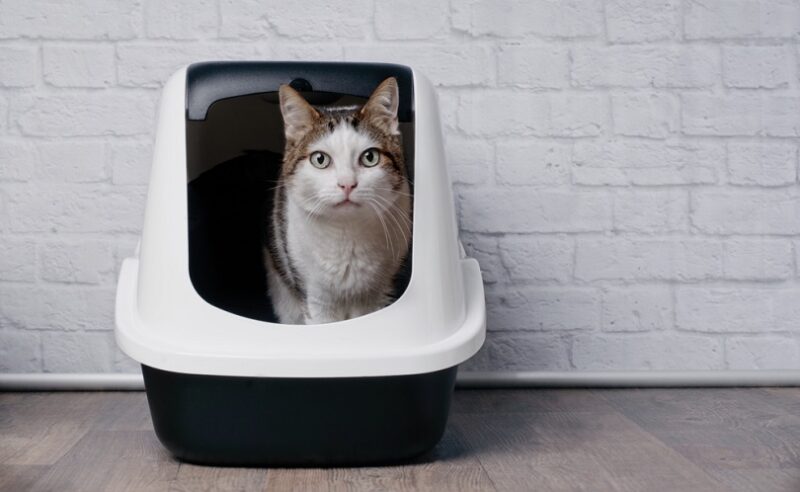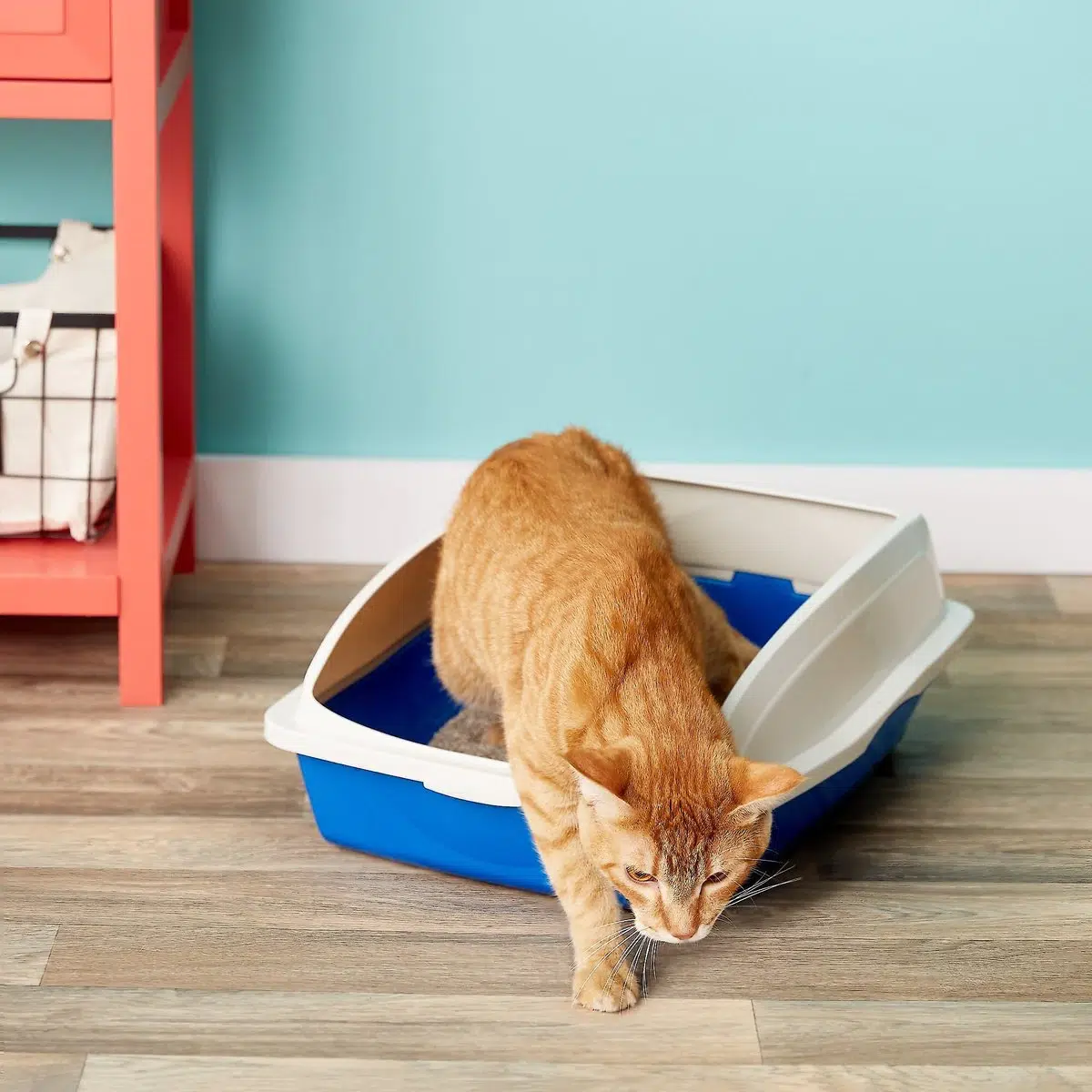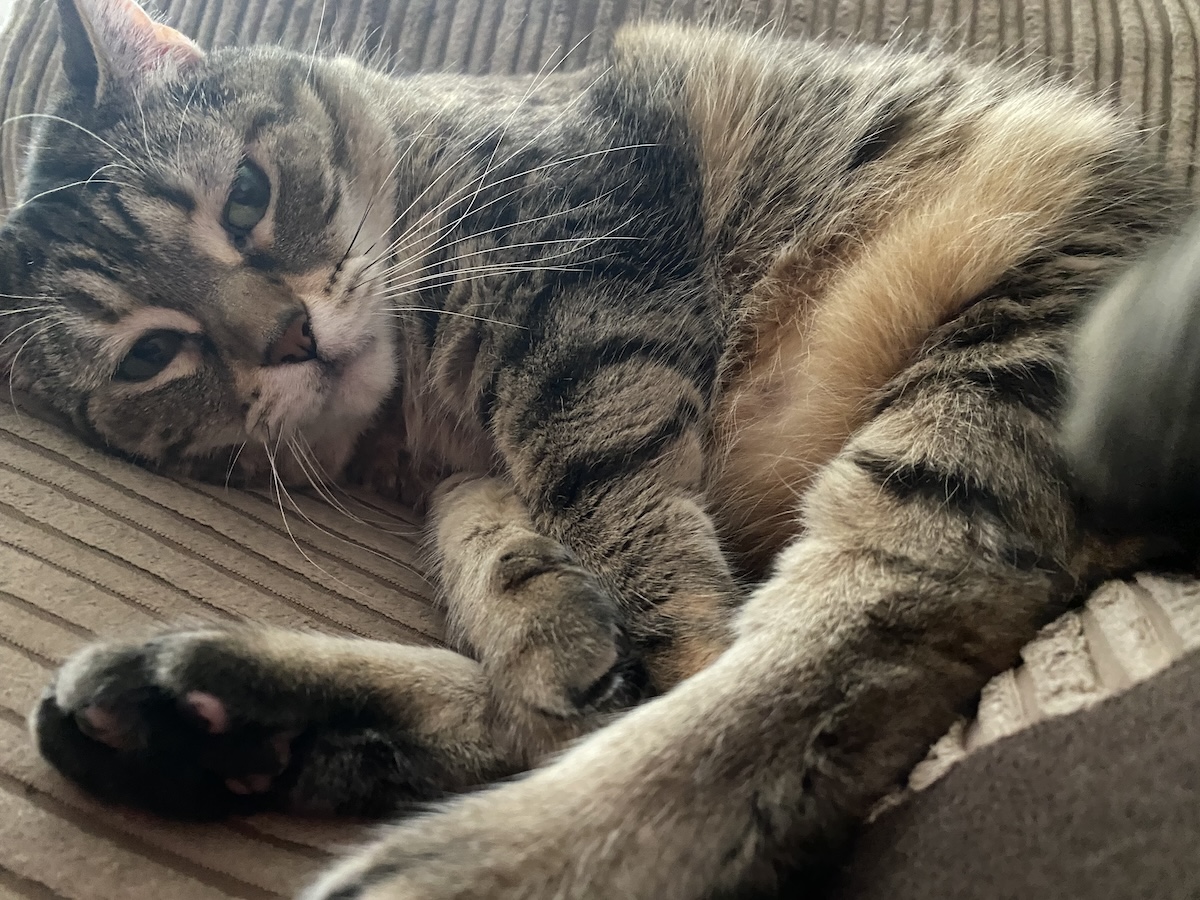You know you’re a real cat owner when you start to fuss over your pet’s grossest habits, like their bathroom use. But knowing what’s normal for felines can actually help you understand your cat’s behavior, including the way that they pee and poop. Although cats seem to have the same approach to their litter box no matter what they do, the most common behavior is to separate urination from defecation.
In fact, most cats prefer to pee and poop in separate trips or even in separate litter boxes. So, if you notice your cat going to the litter box for one use and then leaving and returning minutes later for the other, don’t be alarmed. It’s normal and there’s no reason to be worried.
Important information: If you notice changes to your cat’s litter box habits, you should speak to your vet right away. Your cat may visit their litter box more often, spend more time than usual in it, or even vocalize during toileting. All these behaviors can indicate severe health problems that your vet should address immediately to avoid life-threatening complications.
Why Cats Prefer Separation
Cleanliness
Cats seem to prefer separating their waste for a few different reasons. One is cleanliness. Cats usually dig to bury their waste, and it isn’t fun for them to be digging in wet, gross dirt or litter. Cats generally like to have their waste contained in a few distinct spots, but they also don’t like to be immediately digging through what they just left behind. So, your cat might wait a few minutes and leave the box to give it some time to dry out.
Instinct and Preference
Ultimately, a lot comes down to preference. Not every cat prefers to separate out bathroom trips, which suggests that it might just be a habit that many cats have without conveying a big advantage.
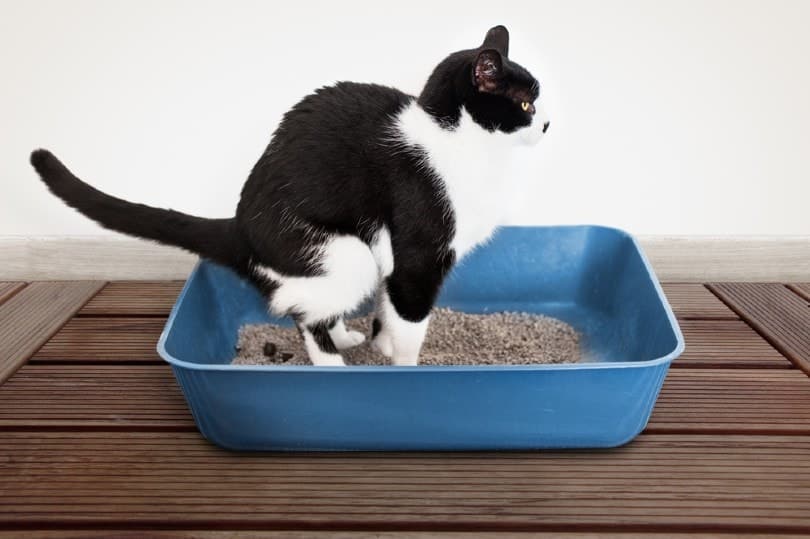
Do Cats Pee and Poop Out of the Same Hole?
Cats don’t pee and poop out of the same hole. Like most mammals, cats have a separate urethra and anus. By contrast, monotremes (egg-laying mammals), reptiles, and birds have a single opening called cloaca, which means they urinate and defecate out of the same hole.
The Two-Litter-Box Trick
Knowing that cats usually prefer to separate peeing and pooping can lead to a practical application for some owners. You might notice that your cat is fairly consistent with using the litter box for one but not the other. This might be because your cat is extra fastidious and prefers not to pee and poop in the same place. If this is the case, adding a second litter box a short distance away from the first one might be a solution. This will give your cat one spot for each function, making it more likely your cat will do their business in the right place.
Conclusion
Cats and their habits are fascinatingly different from humans, and this is one example. Some cats have peculiar habits, like leaving the litter box only to return immediately, and others even insist on having two litter boxes. But luckily, all this is pretty normal behavior that doesn’t signal a health problem.
- See also: Where Do Cats Pee From?
Featured Image Credit: Lightspruch, Shutterstock

